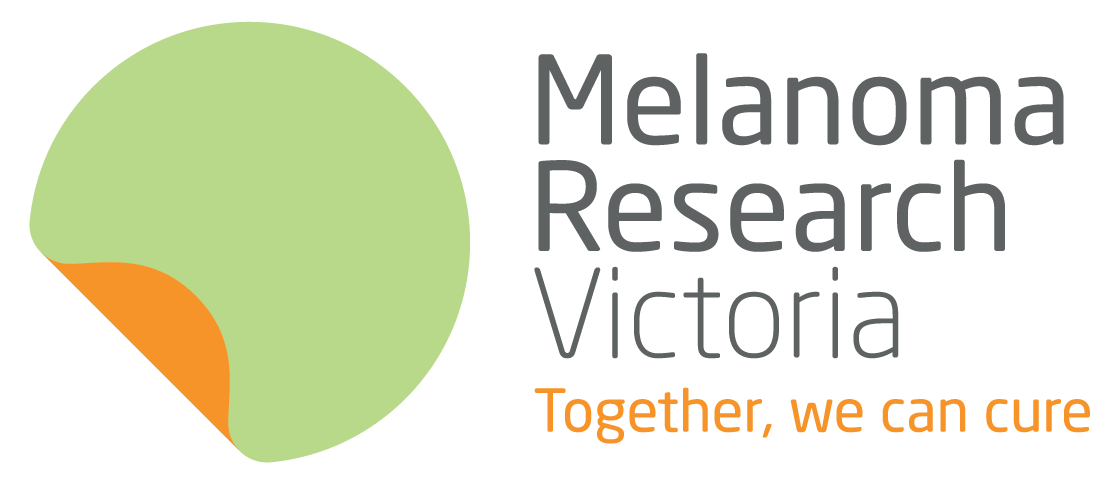Comparing Adjuvant Immunotherapy vs Targeted Therapy in Stage III BRAF-Mutant Melanoma
Health Professionals
Frontline Immunotherapy Treatment Options in Advanced or Metastatic Cutaneous Melanoma
Frontline Immunotherapy Treatment Options in Advanced or Metastatic Cutaneous Melanoma
Moles can become melanomas through nongenetic transitions, UC Irvine study shows
Moles can become melanomas through nongenetic transitions, UC Irvine study shows
How Will Emerging Treatments for PD-1–Refractory Melanoma Shape the Delivery of Care?
How Will Emerging Treatments for PD-1–Refractory Melanoma Shape the Delivery of Care?
